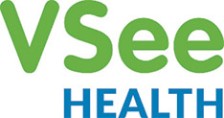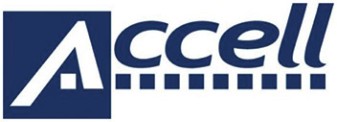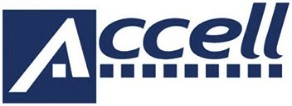The information in this prospectus is not complete and may be changed. We may not sell these securities until the registration statement filed with the Securities and Exchange Commission is effective. This prospectus is not an offer to sell these securities and it is not soliciting an offer to buy these securities in any state where the offer or sale is not permitted.
SUBJECT TO COMPLETION, DATED JULY 17, 2024
PRELIMINARY PROSPECTUS

VSEE HEALTH, INC.
Up to 2,310,545 Shares of Common Stock
This prospectus relates solely to the resale by the Selling Stockholder named in this prospectus (collectively, with any of such stockholder’s transferees, pledgees, assignees, distributees, donees or successors-in-interest, the “Selling Stockholder”) of up to 2,310,545 shares (the “Offered Shares”) of the Company’s common stock, par value $0.0001 (the “Common Stock”) consisting of (i) 173,913 shares of Common Stock issuable pursuant to the warrant issued to the Selling Stockholder on October 5, 2022 (the “Bridge Warrants”); (ii) 30,000 shares of Common Stock issued to the Selling Stockholder on October 5, 2022 (the “October 2022 Commitment Shares”); (iii) 600,000 shares of Common Stock issued to the Selling Stockholder on June 24, 2024 (the “Conversion Shares”) pursuant to loan conversion securities purchase agreements dated November 21, 2023 and as further amended and restated on February 13, 2024 (the “A&R Loan Conversion SPAs”); (iv) up to 93,335 shares of Common Stock issuable upon conversion of Additional Bridge Notes (as defined below) issued to the Selling Stockholder on November 21, 2023 and January 25, 2024 and (v) up to 1,413,297 shares of Common Stock issuable upon conversion of a senior convertible promissory note with an aggregate principle value of $2,523,744.29 (the “Exchange Note”) issued to the Selling Stockholder on June 24, 2024.
The above numbers assume full conversion of the Additional Bridge Notes (including the full interest amount thereon) and the Exchange Note (including the full interest amount thereon) at the floor price of $2.00 and full exercise of the Bridge Warrants at the exercise price of $ 11.50. There is no guarantee that (i) the Additional Bridge Notes or the Exchange Note (or the full note amounts thereof) will be converted into shares of Common Stock, or (ii) that the Bridge Warrants will be exercised for shares of Common Stock.
Each of the Bridge Warrants represents the right to purchase one share of our Common Stock at an initial exercise price of $11.50, subject to certain adjustments therein. The Additional Bridge Notes bear guaranteed interest at a rate of 8.00% per annum and are convertible into shares of the Company’s Common Stock at a fixed conversion price of $10 per share. The conversion price of the Additional Bridge Notes is subject to reset if our Common Stock trades below $10.00 on the 10th business day after the conversion shares are registered or may otherwise be freely resold, and every 90th day thereafter, to a price equal to the greater of (x) 95% of the average lowest VWAP of the DHAC common stock in the 10 trading dates prior to the measurement date and (y) $2.00. In addition, optional prepayment of the Additional Bridge Notes requires the payment of 110% of the outstanding obligations, including the guaranteed minimum interest. If an event of default occurs, the Additional Bridge Notes would bear interest at a rate of 24.00% per annum and require the payment of 125% of the outstanding obligations, including the guaranteed minimum interest. The Exchange Note bears interest at a rate of 8.00% per annum and are convertible into shares of Common Stock at a fixed conversion price of $10 per share. The conversion price of the Exchange Note is subject to reset if the Company’s common stock trades below $10.00 on the 10th business day after the conversion shares are registered or may otherwise be freely resold, and every 90th day thereafter, to a price equal to the greater of (x) 95% of the average lowest VWAP of DHAC’s common stock in the 10th trading dates prior to the measurement date and (y) $2.00. In addition, optional prepayment of the Exchange Note requires the payment of 110% of the outstanding obligations. If an event of default occurs, the Exchange Note would bear interest at a rate of 24.00% per annum and require the payment of 125% of the outstanding obligations. See section titled “Description of Private Placement Transactions” for more information.
The shares of our Common Stock included in this prospectus are being registered for resale pursuant to the terms of certain registration rights agreements described herein under the section titled “Description of Private Placement Transactions – Registration Rights Granted to the Bridge Investor.” We will bear all fees and expenses incident to our obligation to register the shares of Common Stock.







